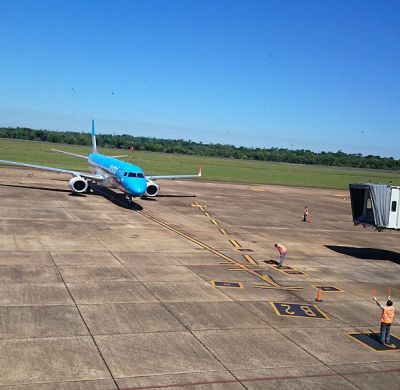Traditionally,
the aviation industry cycle has been long and change slow, but now
environmental and competitive factors are catalysing rapid change. To
meet the new demand, all aspects of Europe's aviation supply chain will
have to expand.
The EU-funded project 'Clean Aerospace REgions' (CARE),
was set-up to propose a European framework fostering green aviation
innovation, while also addressing environmental and international
issues. The project involved 10 partners and ran for 3 years from
January 2012 to the end of 2014.
Initially, all project clusters analysed the state of play in their
respective fields. The result was a report highlighting a total of 32
key environmental and economic priorities. Then the consortium defined
and has focused on the 13 most important topics and preparing an action
plan.
The consortium was able to analyse relevant funding opportunities,
and devised a database of players willing to collaborate on research
related to CARE themes. As of the first reporting period, the project
was 80 % of the way to achieving its 300-stakeholder target.
Each project cluster also analysed its own research strengths,
weaknesses, opportunities and threats. General comparison showed each
cluster's relative capabilities and position in terms of the 13 key
challenges.
The CARE project resulted in a database of aviation stakeholders
willing to collaborate on research in the field of green aviation. The
work improved the extent of collaborative research, leading also to
increased sector competitiveness.
 EN
EN  CS
CS DE
DE ES
ES FR
FR HU
HU IT
IT PL
PL PT
PT РУ
РУ SK
SK TR
TR УК
УК AR
AR 中文
中文







